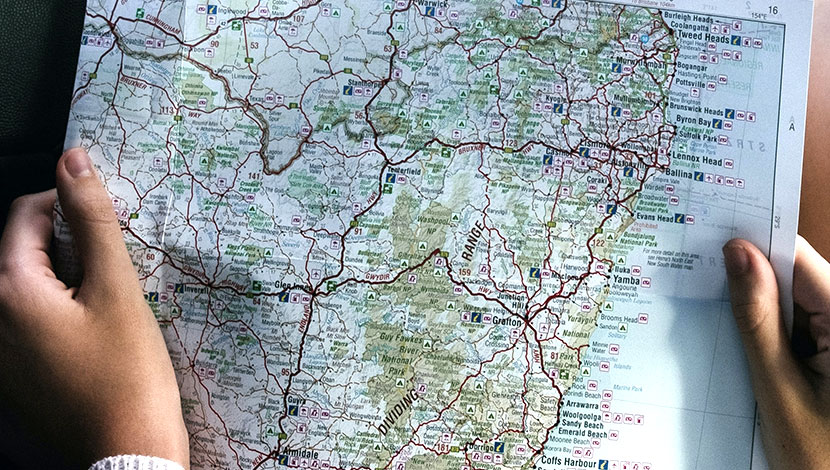You need to get CTP insurance to register a vehicle in Australia. It protects you from having to pay out huge sums if your vehicle crashes and injures or kills someone. However, each state and territory has a different way of approaching CTP. We show you how CTP insurance works in Australia.
FAQs
- What does CTP cover you for? ›
- Why is CTP compulsory? ›
- Who is the third party in CTP? ›
- Is CTP the same as third party property insurance? ›
- Why do I need CTP if I have comprehensive insurance? ›
- Who receives the CTP premium? ›
- Do all states have CTP insurance?›
- How does CTP work in my state or territory?›
1. What does CTP cover you for?
CTP is compulsory third party insurance, which covers you for death or injury of other drivers, passengers or pedestrians if your vehicle is in a crash. It protects you, the vehicle owner, against any claims made against you for damages or losses caused. In some states and territories, CTP also covers the driver at fault.
CTP covers only people, not property. CTP does not cover you for any property damaged in the accident, such as your vehicle or other vehicles. You need to buy other motor insurance to cover property.
2. Why is CTP compulsory?
CTP insurance is compulsory so compensation is available equally to everyone who is entitled to it. The vehicle owner doesn’t have to carry the financial burden of the accident and people injured don’t have to depend on the owner’s ability to pay.
3. Who is the third party in CTP?
The third party in CTP is the person who was injured or killed in the road accident. The first party is the owner or driver of the vehicle at fault and the second party is the CTP insurer of that vehicle.
4. Is CTP the same as third party property insurance?
No. CTP is not the same as third party property insurance. Even though CTP refers to a third party, it is a compulsory form of insurance to cover people. Third party property insurance is not compulsory and covers the property of third parties, eg, the other driver’s vehicle.
5. Why do I need CTP if I have comprehensive insurance?
CTP is completely different to comprehensive insurance. Some people think comprehensive insurance covers everything and so it must cover CTP as well. This is false. Comprehensive insurance covers damage to property, such as your vehicle, but does not cover people. CTP is for people only and does not cover damage to any property, such as vehicles. Most CTP insurers and many other insurers offer comprehensive and third party property insurance.
Note, comprehensive or third party property insurance is not usually compulsory unless you have a secured car loan or drive for rideshare.
6. Who receives the CTP premium?
The insurer or government body providing the CTP receives the CTP premium. The insurer or government body also pays out CTP insurance claims. In NSW, vehicle owners pay premiums direct to the insurer before they can register their vehicles with Service NSW. In the rest of Australia, they pay registration fees to the transport authority and the CTP portion of those fees goes to the insurer or government body.
7. Do all states have CTP insurance?
Yes. Each state and territory in Australia has its own way of treating CTP insurance. For example, CTP insurance schemes broadly differ in these ways:
- Who provides CTP insurance – government body or private insurer.
- Who regulates CTP insurance.
- Benefits available with CTP insurance.
- Whether CTP insurance covers drivers who are at fault.
Note, your CTP policy covers you throughout Australia no matter where your vehicle is registered.
8. How does CTP work in my state or territory?
CTP works differently in each state and territory of Australia. It varies in many ways, including fault, liability, injuries, and compensation available. See how CTP works in your home state or territory in the table below:
| Is CTP included in registration? | Gov regulator or choice of insurer? | Who are the insurers? | Is CTP fault-based?* | |
| NSW | No. Must pay separately before registration | Choice of 6 insurers | AAMI, Allianz, GIO, NRMA Insurance, QBE, Youi | Partly fault-based |
| ACT | MAI is part of registration fee | Choice of 4 insurers | AAMI, APIA, GIO, NRMA Insurance | Not fault-based |
| NT | Part of registration fee | Gov regulator | – | Not fault-based |
| Qld | Part of registration fee | Choice of 4 insurers | Allianz, QBE, RACQ**, Suncorp insurance | Fault-based |
| SA | Part of registration fee | Choice of 5 insurers | AAMI, Allianz, QBE, SGIC, Youi | Fault-based |
| Tas | Part of registration fee | Gov regulator | – | Not fault-based |
| Vic | Part of registration fee | Gov regulator | – | Not fault-based |
| WA | Part of vehicle licence fee | Gov regulator | – | Fault-based |
*Fault-based and not fault-based
- If CTP is fault-based, the amount of compensation depends on whether or not the accident was your fault.
- If the CTP is not fault-based, you can receive compensation whether you were at fault or not.
** RACQ has applied to stop providing Qld CTP insurance in late 2023.
See How does CTP insurance work – Part 2 for more about how CTP works in your state or territory.


your opinion matters: